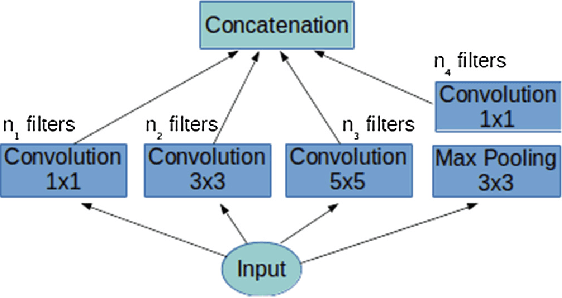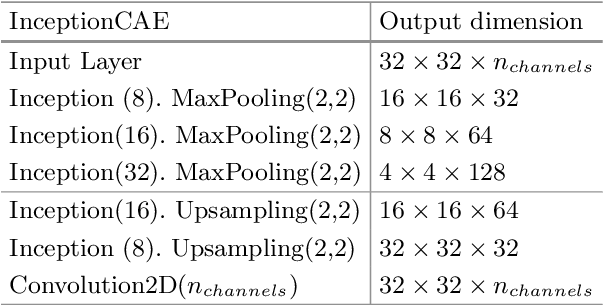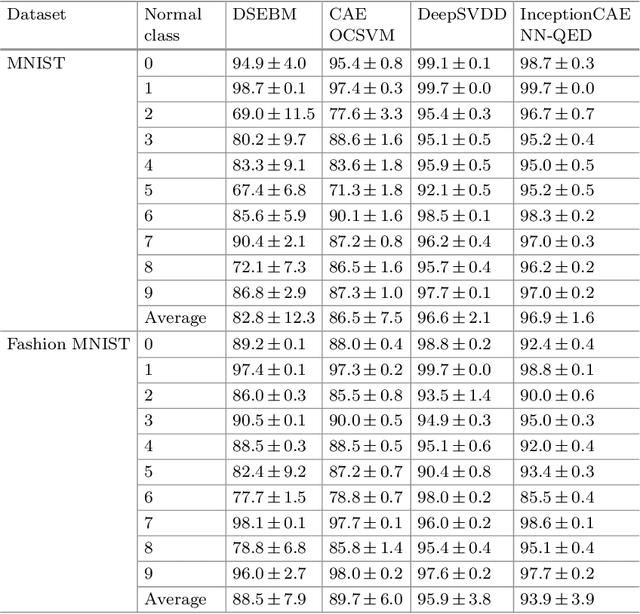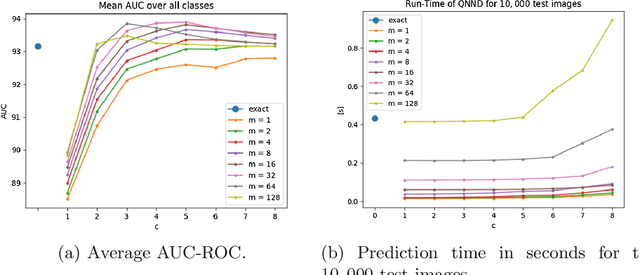Natasa Sarafijanovic-Djukic
Predicting rice blast disease: machine learning versus process based models
Apr 03, 2020



Abstract:Rice is the second most important cereal crop worldwide, and the first in terms of number of people who depend on it as a major staple food. Rice blast disease is the most important biotic constraint of rice cultivation causing each year millions of dollars of losses. Despite the efforts for breeding new resistant varieties, agricultural practices and chemical control are still the most important methods for disease management. Thus, rice blast forecasting is a primary tool to support rice growers in controlling the disease. In this study, we compared four models for predicting rice blast disease, two operational process-based models (Yoshino and WARM) and two approaches based on machine learning algorithms (M5Rules and RNN), the former inducing a rule-based model and the latter building a neural network. In situ telemetry is important to obtain quality in-field data for predictive models and this was a key aspect of the RICE-GUARD project on which this study is based. According to the authors, this is the first time process-based and machine learning modelling approaches for supporting plant disease management are compared.
Fast Distance-based Anomaly Detection in Images Using an Inception-like Autoencoder
Mar 12, 2020



Abstract:The goal of anomaly detection is to identify examples that deviate from normal or expected behavior. We tackle this problem for images. We consider a two-phase approach. First, using normal examples, a convolutional autoencoder (CAE) is trained to extract a low-dimensional representation of the images. Here, we propose a novel architectural choice when designing the CAE, an Inception-like CAE. It combines convolutional filters of different kernel sizes and it uses a Global Average Pooling (GAP) operation to extract the representations from the CAE's bottleneck layer. Second, we employ a distanced-based anomaly detector in the low-dimensional space of the learned representation for the images. However, instead of computing the exact distance, we compute an approximate distance using product quantization. This alleviates the high memory and prediction time costs of distance-based anomaly detectors. We compare our proposed approach to a number of baselines and state-of-the-art methods on four image datasets, and we find that our approach resulted in improved predictive performance.
* 22nd International Conference on Discovery Science, DS 2019
 Add to Chrome
Add to Chrome Add to Firefox
Add to Firefox Add to Edge
Add to Edge